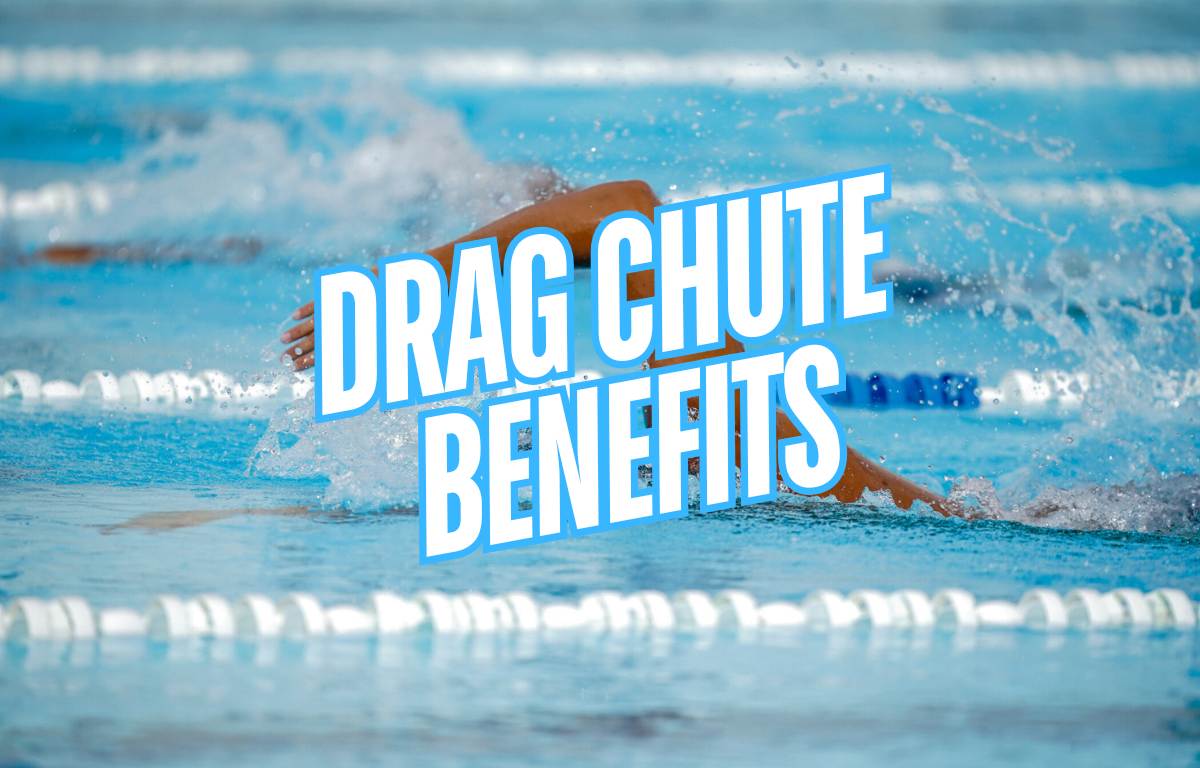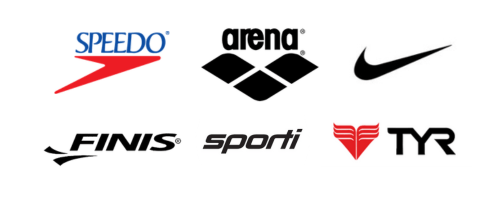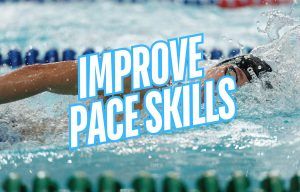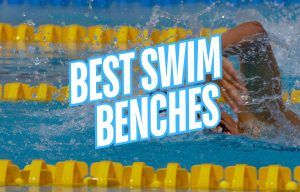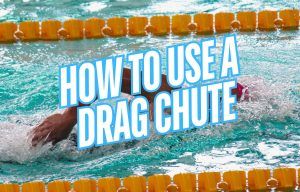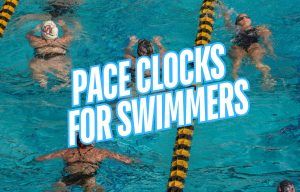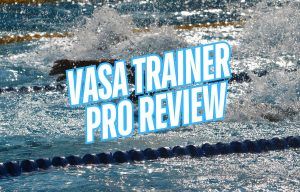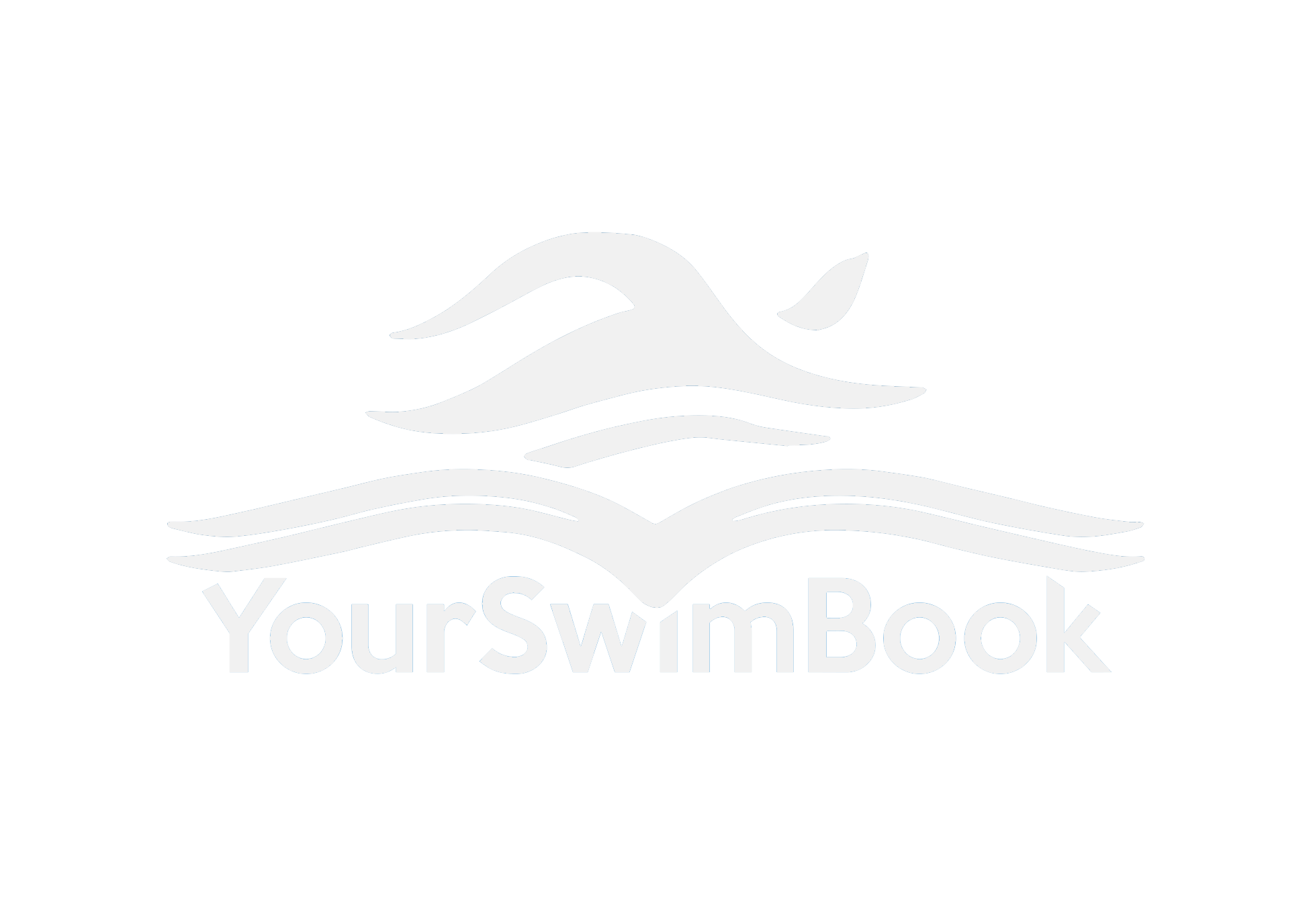Ready to take your swimming to the next level? Here are seven ways that a drag chute can help you become a better and faster swimmer.
Drag chutes are a resisted swimming tool that can help swimmers improve a broad variety of performance factors in the water.
The benefits of drag chutes include specificity of resistance, improved stroke mechanics under load, increased stroke power and rate, high degree of transfer to “regular” swimming, and neuromuscular adaptations highly relevant to swimming fast.
Drag chutes are also very inexpensive compared to other resisted swimming tools (like power towers) and are convenient for use within groups (compared to resistance tubing).
In this article, we will perform a deep dive into the full list of benefits of training with a drag chute for faster swimming.
Let’s dive in.
Why Drag Chutes Can Be a Game-Changer for Swimmers
The benefits of training with a swim parachute include:
- Increase strength and power
- Top end speed improvements
- Fix dead spots in the stroke
- Increase stroke rate
- Improve early vertical forearm
- More explosive acceleration
- Portable and convenient
Next, we will dive deep into each benefit, highlight key research that shows just how effective training with a drag chute can be, and list some practical next steps.
Swim parachutes are an essential type of resisted training equipment for swimmers. Here are some ways that chutes can help you swim faster:
Increased strength and power
Drag chutes require swimmers to use more force and power to overcome the additional resistance caused by the chute dangling behind them in the water. This added effort leads to increased strength and power in the water in a manner that is as swim-specific as it gets.
Studies (Keiner et al., 2021) with competitive swimmers have shown that swim power in the water, developed via resistance tools like drag chutes, correlates strongly with faster swimming.
Using a drag chute for shorter, peak power repetitions with lots of rest can help to increase power output in the water, leading to faster times on the clock.
Top end speed improvements
Training with a drag chute can help swimmers improve top end speed faster than regular sprint swim training.
A study (Grznár et al. 2018) with elite male competitive swimmers examined the effects of an 8-week sprint training program. Sets were maximal efforts, short distances, with lots of rest to maintain a high level of performance.
The intervention group used a drag chute, while the control group did the sprint training without resistance. After eight weeks, the drag chute group improved 12m and 25m sprint times over twice as much compared to the chute-less group:
| Test | Improvement – Experimental (Parachute) | Improvement – Control (No Parachute) |
| 12m Sprint (max12) | -0.17 sec (3.5%, p < 0.05) | – 0.06 sec (1.6%, p < 0.05) |
| 25m Sprint (max25) | -0.45 sec (3.7%, p < 0.05) | -0.19 sec (1.6%, p < 0.05) |
| Swim Power (Pmax) | +10.25 W (11.2%, p < 0.01) | +2.86 W (3.1%, not significant) |
A complete sprint training program includes both resisted and non-resisted swimming to build power and sprint-specific technique, and a drag chute is an excellent option for moving the needle for peak speeds.
Fix the dead spots in your stroke
Swimming with a chute can help you spot and fix the dead spots in your stroke. Every swimmer has gaps between propulsive and non-propulsive phases of the stroke, and the added resistance of the chute can highlight them so that you can swim with a stroke that has better “propulsive continuity.”
Non-propulsive phases like the glide or the recovery can create dead spots in speed and propulsion. The added resistance of the drag chute behind you encourages a smoother, more balanced stroke that eliminates wasted movements and sustains speed.
Increase stroke rate.
A drag chute is a tool for helping swimmers to increase stroke rate in the pool. Stroke rate is a crucial factor in fast swimming as it directly influences how fast and efficient we can move across the pool.
Managing stroke rate, whether that is cranking up the RPM for sprint races (e.g. 56-67 stroke cycles per minute is common at the elite level for 50m freestyle races) or balancing endurance and power (e.g. 42-55 stroke cycles per minute is typical of elite 400m freestyle swimmers).
Improve early vertical forearm
The early vertical forearm is a crucial concept in fast swimming. By setting up the forearm in a vertical direction early in the catch, swimmers grip more water, reduce frontal drag, and pull and push more water with each stroke. A drag chute can help set up a stronger and earlier vertical forearm.
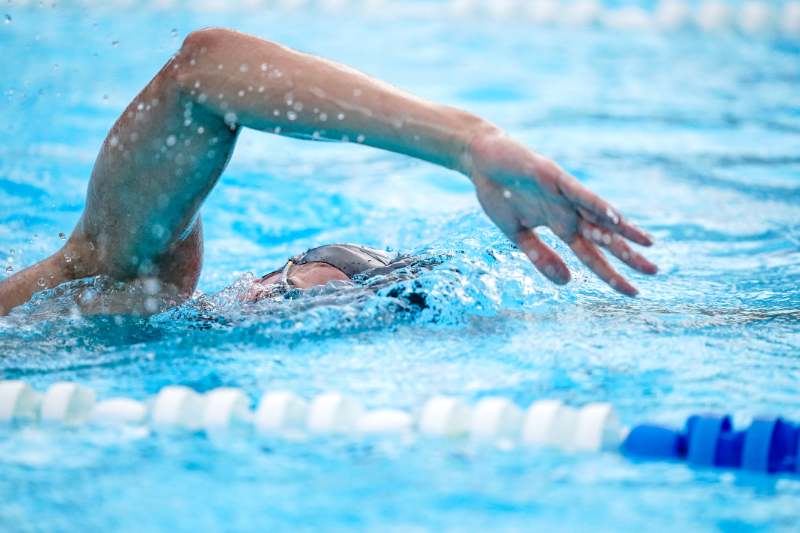
The added resistance of the chute forces swimmers to engage the forearms and lats more quickly in order to overcome the drag. Drag chutes, and the added resistance they generate, highlights poor hand and forearm placement at the top of the stroke, lest you arrest all forward momentum.
When using a drag chute, you’ll find that the forearm naturally gravitates towards “planting” itself vertically for a more powerful and efficient pull.
More explosive acceleration
Acceleration is a crucial component of fast swimming. We use it to explode out of breakouts, increase stroke tempo, or building towards a clean and timely finish.
Drag chutes train acceleration by forcing explosive movement to get through the water. This heightened demand on the muscles and stroke translates to greater acceleration when swimming without the chute.
Bursts of speed and acceleration, particularly in the start, breakouts, turns, and finish, are imperative for race day success, and building explosive acceleration with a drag chute can sharpen these skills.
Portable and convenient
Finally, swim parachutes have a large practical advantage compared to other resisted swimming tools in that they are highly portable. Chutes are excellent for swimmers who don’t have access to power towers or space in their swim bag for large resistance tubing (like with StretchCordz).
They are highly portable and can be folded up easily and stored after your workout is completed. Drag chutes can be used in busier swimming pools, they don’t require a big footprint for set-up, and you can travel with them.
Drag chutes can be used anywhere with a pool, making it the ideal resisted swimming tool for swimmers who train on their own or traveling to swim meets.
What is the best parachute for swimmers?
The best drag chute for swimmers is the FINIS Swim Parachute. It’s available in two sizes (8” or 12”), has an extra long tether to avoid your feet getting tangled in the chute, and an extra-large belt for a secure fit.
Other options include the Sporti Swim Parachute, StretchCordz Drag Chute, and Speedo Essential Drag Swim Chute.
The Bottom Line
The drag chute is one of the best additions swimmers can make to their roster of swimming equipment.
There is a ton of things you can do with drag chutes, from sub-maximal swimming to improve technique to top end speed and power work to increase swimming velocity.
The consistent resistance, portability, and low price point on drag chutes make it a low-tech and high-impact training accessory for swimmers looking to get faster in the water.

